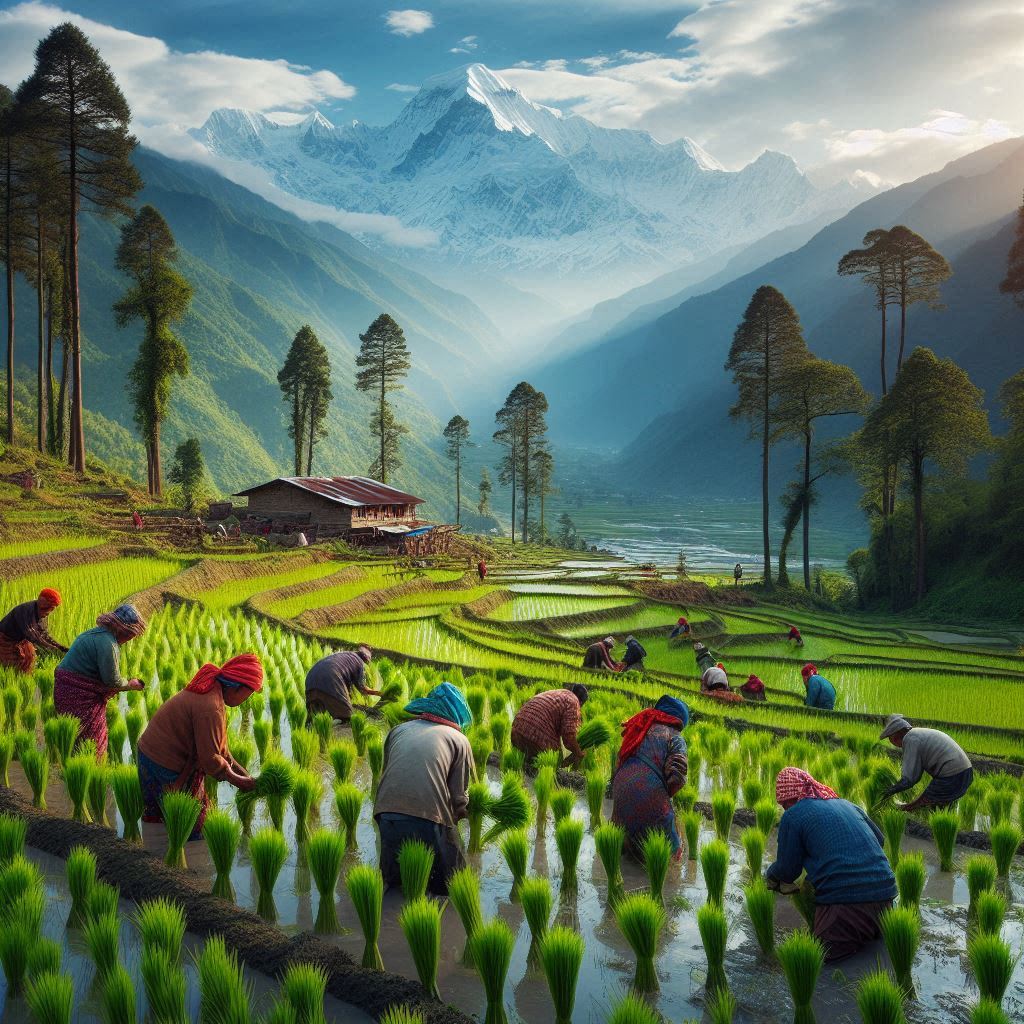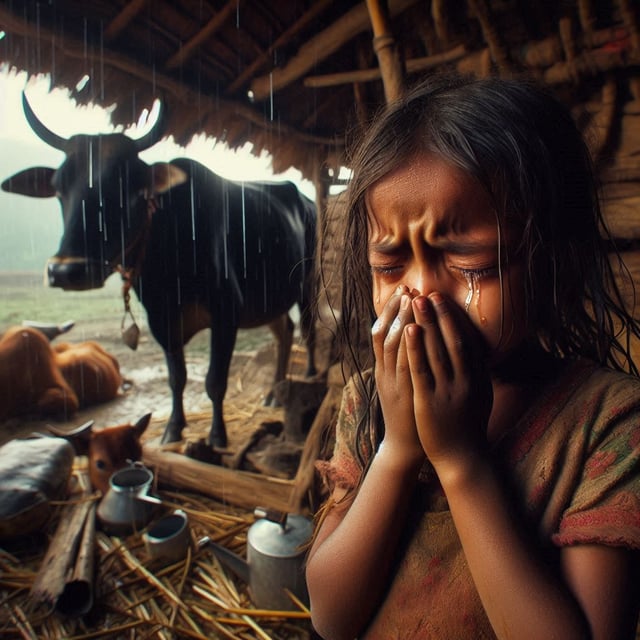Nepali Rice - Baht.

Nepal is a country with a rich diverse narrative and has many incredible stories; one of which is its staple food; rice.
One of the major cities of Nepal is Bhaktapur, and it is believed to have derived from the term Bhadgaun which means village of rice.
In Newari the native language of Bhagaun, the place is actually called Khowpa.
Khowpa is derived from Khopring, and is assumed to be a Kirati term; Kho means rice and Pring means village.
Another district Okhaldhunga is believed to be part of a historic kingdom where the Mahabharat era’s hero Bhim had used a stone (dhunga) that was like a mortar (okhal) and beat the rice to remove its husk and ate it- thats how the name Okhaldhunga came about.
These tales clarify for us the significance of rice in the socio-cultural context. Uncooked rice is used for worshiping and is called Akchyata. (which is a Nepali female name).
Similarly, the first food-eaten in a traditional ceremony for babies is called a ‘rice feeding ceremony’.
There are also rice harvest festivals conducted by the Newar community known as Yomari Punhi and Udhauli by the Kirati community. Rice is also used in exorcism and other ritualistic practices.
Rice is typically grown in hot and humid climates. Therefore growing rice in Nepal is indeed unique.
Jumli Marsi Rice is grown in high altitude in Nepal and is even considered suitable for diabetics, since it has many other minerals making the rice a high-value commodity.
Karnali is considered a food insecure region- this is misleading as Karnali food shortage is actually a rice shortage. The rice was only considered as grain.- however, the Jumli Marsi Rice of Karnali is much more expensive than other variants of rice.The Marsi rice is tolerant to the cold Himalayan climate and is revered as the holy food by the locals.
This rice can also boost agro-tourism and change the economics of the poorer part of Nepal.
Rice has a socio-economic impact. When international rice exports started to be documented, Nepal was one of the largest rice exporters but by 1985 it stopped being a net rice exporter and became a net importer of rice.
Nepal exports rice to Canada, the United States, Italy, and other western countries while it suffers a large net deficit, and buys its rice from India.
One of the reasons why rice imports have increased is because the working-age youth from Nepal have migrated to the Gulf states and other countries, as a result they send remittances from which their families then purchase cheaper Indian rice.
As Nepal continues to depend on rain-fed agriculture, climate change has added hinderances.
In Panchayat, the government started airlifting rice to Karnali to counter food insecurities, while the government called it food insecurity it was rice insecurity. As a result this only aggravated the situation.
There is also speculation that Nepali rice is actually going into the beer production industry making rice beer very popular. There are also cases of plastic rice produced in Chitwan which stirred controversy.
Rice is a staple food in Asia and in Nepal there are different angles we can explore to make it a riveting story.
Author
Kripendra Amatya
Editor
Dana Moyal Kolevzon, Director of International Relations, Nepa~laya Productions
Published Date
January 1, 1970



